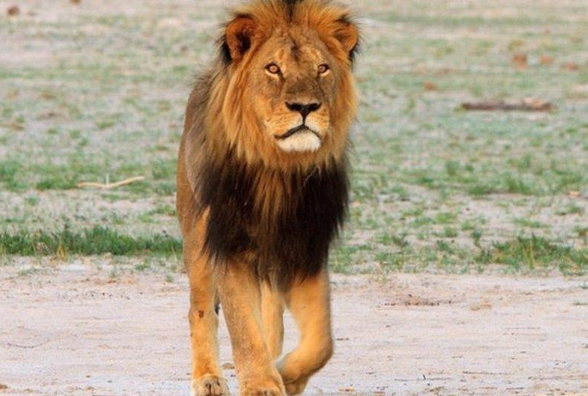Investigation Launched into Lion Poaching in Zimbabwe
The Zimbabwe Parks and Wildlife Management Authority (Zimparks) reported a suspected case of lion poaching in Hwange National Park. Three lion carcasses were found, with their heads and feet removed. This incident marks ongoing wildlife crime in the region.
Details of the Incident
Zimparks spokesperson Tinashe Farawo confirmed that rangers discovered the carcasses during patrols. The poachers are believed to have used a heavy caliber rifle. The removal of the heads and feet suggests a targeted approach, likely for illegal trade.
Demand for Lion Parts
Lion bones are highly sought after in Asian countries, particularly China and Vietnam. They are used in traditional medicine, despite lacking scientific support. Products like bone wine, made from lion and tiger bones, are popular among affluent consumers. Many believe these products can treat ailments and enhance libido. Surveys indicate a preference for wild-sourced big cat products over farmed ones.
Ongoing Investigation
Zimparks is actively investigating the poaching incident. Rangers are searching the expansive Hwange National Park, which spans 14,600 square kilometres. The park is home to a diverse range of wildlife, including an important population of lions.
Wildlife Statistics
Hwange National Park hosts around 500 lions, a population deemed healthy by Zimparks. The park also supports half of Zimbabwe’s 100,000 elephants and numerous bird species. The area is part of the Kavango Zambezi Transfrontier Conservation Area, which includes five southern African nations.
Poaching Trends in Zimbabwe
Poaching levels in Zimbabwe have been relatively controlled due to strict policies. From 2019 to 2023, only 19 lions were reported poached. In the same period, 142 elephants and 52 rhinos were lost. A severe poaching incident occurred a decade ago, involving the poisoning of watering holes, resulting in wildlife loss.
Anti-Poaching Measures
Zimparks collaborates with various partners to combat poaching. They have implemented drone technology to enhance surveillance and monitoring efforts. The shoot-to-kill policy in wildlife reserves has also played a crucial role in deterring poachers.
Trophy Hunting and Conservation
Trophy hunting poses a challenge to lion populations. Tourists can pay up to $40,000 to hunt lions. Zimbabwe promotes sustainable wildlife utilization through regulated hunting quotas. Revenue from trophy hunting is vital for conservation efforts. Local communities benefit from proceeds, encouraging support for wildlife conservation.
Regional Developments
In South Africa, there is a movement to close lion and tiger farms that breed these animals for their bones and for canned hunting. Investigations have revealed inhumane practices in these operations. Some conservationists worry that closing these farms may lead to increased poaching to meet the demand for lion parts.
The investigation into the recent lion poaching incident in Hwange underscores the ongoing challenges faced by wildlife authorities. The demand for lion parts in traditional medicine markets continues to drive illegal activities. Conservation efforts must adapt to changing circumstances to protect these majestic animals.
Month: Current Affairs - October, 2024
Category: International / World Current Affairs








John Nash
October 25, 2024 at 1:39 pmMore than 50% of all lions are killed by other lions. The three lions were probably killed for African medicines (muthi), not for export to the Far East for TCM.
Legal, regulated trophy hunting does not “pose a challenge to lion populations”. Trophy hunters want to take trophies home and you can’t get a hunting permit or a CITES import or export clearance for an illegal lion.
With demand i the Far East edtimated at around 1500 lions per year, South Africa’s lion farming industry could keep the demand satisfied by releasing lions some of their 10,000 lions in the wild to be hunted as ferals. A ban will throw the demand onto the wild-born lions, as you report.
Lions are disappearing because they are lions – they kill humans and farm animals, so in Africa, with a rising human populatio and rising standards of living requiring more and more land, lions are running out of room outside the protected parks.